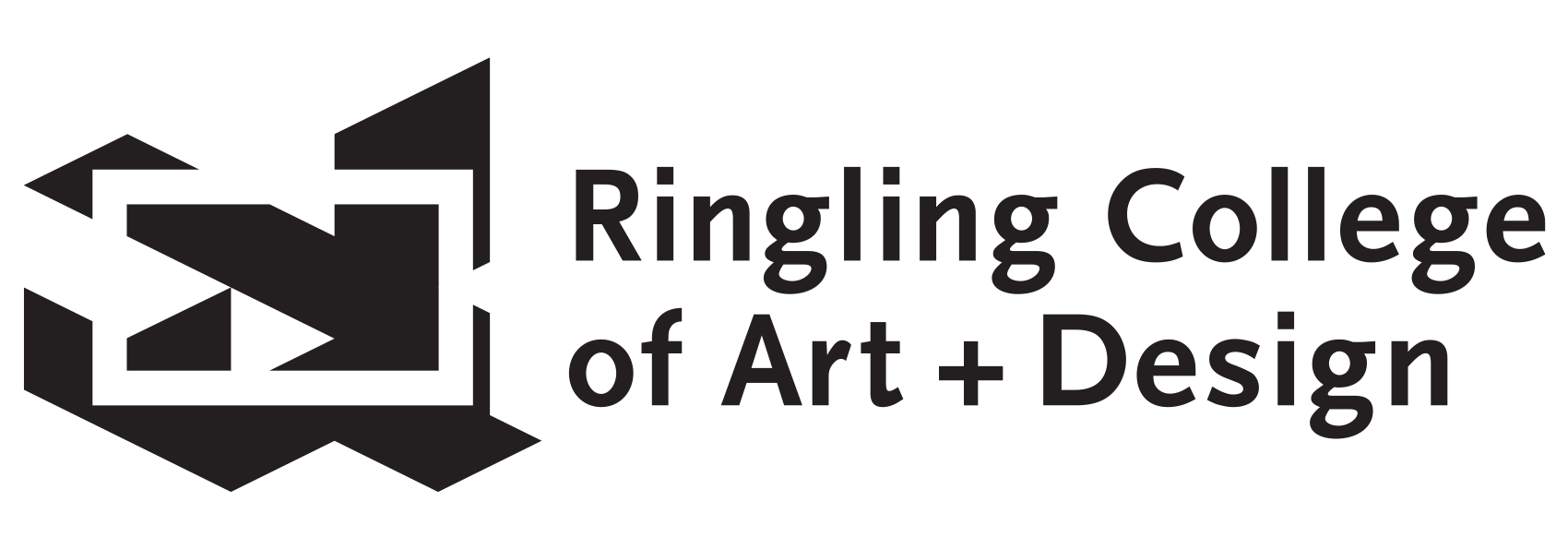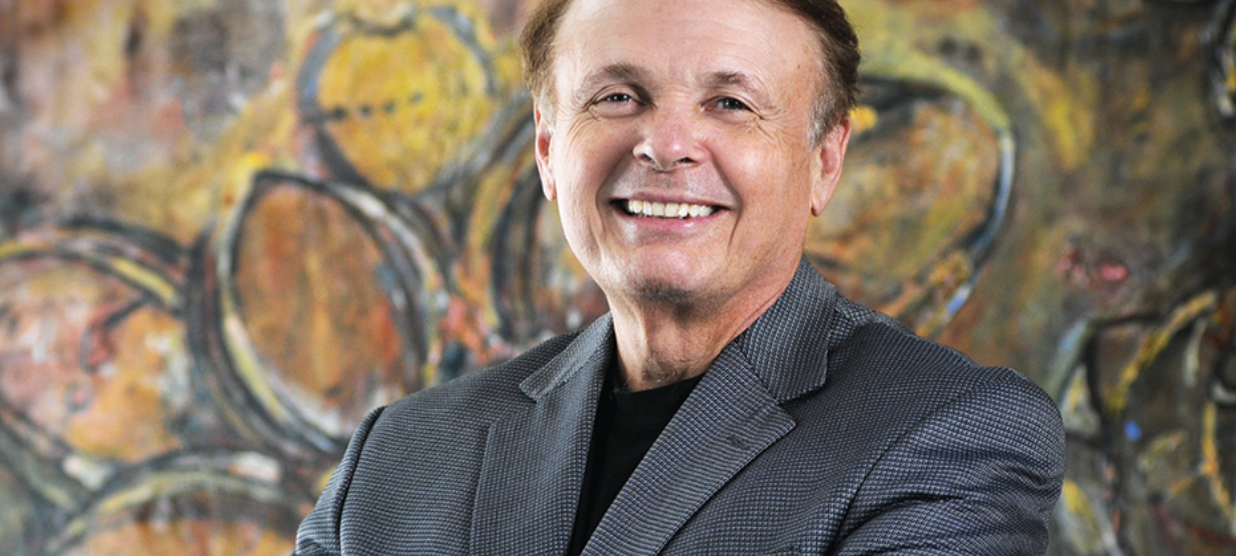Thompson: The courage to create
Guest Column by Larry R. Thompson
Reposted from Sarasota Herald-Tribune
It is often a shock for people to learn how critical creativity and innovation have become to the success of today’s and tomorrow’s organizations over the last decade.
But what does this really mean?
At its most basic, to come up with new and unique ideas — and actually make something — a product, process or system.
Creative problem solving has always been a desirable skillset, and demand continues to increase for people who can apply creative insight to issues to find solutions. In a study conducted by IBM, leaders of business organizations throughout the world were asked to identify the top leadership skills needed for future organizational success. Of all the traits listed, the number one answer was — you guessed it — creativity! Creativity even beat out integrity, the No. 2 trait. It also beat out technology, scientific knowledge, collaboration and about 20 other skills often identified as desirable by organizational leaders.
This is because finding employees who can be creative isn’t easy — it requires dedication and discipline, and, as Henri Matisse said, “Creativity takes courage.”
Through education, we dispel common myths that often serve as a barrier to creative thinking. Many people believe creativity is a mystical power that only certain people are lucky enough to be born with, and others think it is an ephemeral spirit in the air that strikes people out of the blue, like lightning. Some assume only gifted artists are creative.
This is where institutions like Ringling College of Art and Design come in — I believe that everyone is creative. Everyone. We, as human beings, are born creative. Just look at children at play. They play by making up games and by turning whatever objects are available into toys to play with. They are the essence of creativity at play. To put it bluntly, the problem is that too often we — we as a society — do our best to eliminate that natural creative tendency. We teach children to think alike, and to avoid the risks of failure that come with creativity. It happens in schools; it happens at work; and it happens in life itself.
Let’s take school, for example. We give multiple choice tests that have only one correct answer. If a student makes the wrong choice he/she is wrong and that student fails. The system always demands the singular right answer, period. There is no reward for the thinking and work it can take to get there — or the possibility of seeing or solving a problem differently. It does not take long to lose the creative spirit and the courage to try something new. It’s certainly no surprise so many people think they are not creative.
What is needed in education is a whole new mindset. We do not need more multiple choice tests. We need more tests with multiple answers. That’s the beauty of creativity. It allows for the freedom to come up with multiple solutions to problems — not just one. Think of how 1 + 3 may not always just equal 4. It could be 13, or even 31. All it takes is the freedom and courage to think and see things from a different perspective.
So how did creativity — which has been devalued — become the No. 1 leadership skill in the future? What has changed?
Our entire world has changed. It has changed monumentally and it has changed at a pace never seen before in our history. Just think of the abundance of products and services that exist today for a consumer to choose from. It was never like that before, and to stay ahead of the game, businesses and organizations cannot continue to operate the way they always have. They have realized that they need to find ways to be different — to be unique. And the only way to do that is to be creative about the product you make or the service you give. Or, if you are really creative, you can be like Apple or Google and create a product or service that people never knew they absolutely had to have.
It is this resource of creativity that becomes the new fuel for our world — the “oil or energy source” of the future.
America needs to be the place that values creativity as much as, or maybe even more than, we value science, technology, engineering and math — the STEM subjects. I believe we need a new acronym called STEAM that includes the STEM subjects but adds the A for the arts. That A actually gives STEM energy and it serves as the foundation for creativity. We must encourage and nourish creativity in our educational systems, instead of hindering it.
Education needs to be the place that supports opportunities for taking risks if tomorrow’s leaders are to thrive. I fully believe those leaders will be students like those at Ringling College. Their creative prowess will reimagine and even save businesses, organizations and our government. Indeed, there should be an artist or designer in every boardroom in America to nurture creative thought. This is how organizations will differentiate themselves and be successful; this is how our country will differentiate itself and be even more successful.
Education has been and will continue to be the key to improvement as a society. Education that values, promotes, nurtures, and embraces the courage to create is what will ensure success in all of our futures. It will take courage to instill creativity into our “multiple-choice” educational system — but once undertaken, such education will be the energy source driving our future.
Larry R. Thompson is the president of Ringling College of Art and Design.



